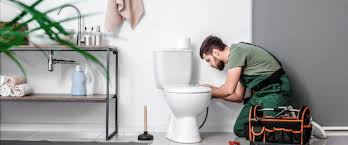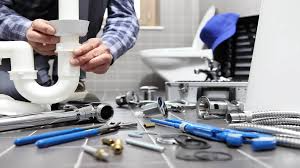During the winter months, one of the most common plumbing issues homeowners face is frozen pipes. When the temperature drops, water inside your pipes can freeze, causing them to expand and potentially burst. Burst pipes can lead to major water damage and costly repairs, making it crucial to take preventive measures before the cold weather sets in. One of the most effective ways to prevent frozen pipes is by insulating them. Exposed pipes in areas like attics, basements, and crawl spaces are most vulnerable to freezing. Installing foam pipe insulation or using heat tape can help protect pipes from freezing temperatures. If you live in an area with particularly harsh winters, you might consider adding extra layers of insulation or using self-regulating heat cables around the pipes.
Another important step is to keep the temperature inside your home consistent. Avoid turning off the heat in areas with exposed pipes, even if you’re away for a few days. Setting your thermostat to at least 55°F (13°C) during the winter, even when you’re not home, can help prevent freezing. Additionally, if you’re leaving for an extended period, ask a neighbor or friend to monitor your home and ensure the heat is still functioning.
You can also prevent freezing by allowing a small trickle of water to run through faucets connected to exterior pipes. Running water is less likely to freeze than standing water, so a slow drip can keep pipes from freezing. For homes with outdoor water spigots, it’s essential to disconnect hoses, drain the lines, and shut off the water supply to prevent the outdoor faucet from freezing.
Lastly, it’s a good idea to inspect your plumbing system for any existing cracks, leaks, or damage before winter hits. Seal any gaps or cracks in walls, windows, and doors where cold air could enter, especially around exposed pipes. Taking these simple steps can help prevent pipe freezing and avoid costly repairs.






